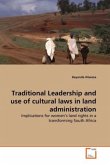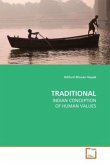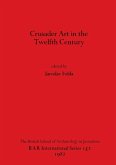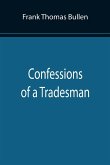In the western grass-fields fields of Cameroon great wood carving tribes exist which include; Kom, the Kedjoms, the Widikums and the Bamilikes. The Nso have a very strong cultural inclination, but unlike the other tribes was not very prominent in the art of wood carving. The peculiar thing about wood carving in Nso , was that the art was highly secret or esoteric. This is a dynamic and lively analysis of an unusual work from a African artist. It explains how he became a carver, how Nso carvers are initiated, why the art was practiced in secrecy, users of the objects, what human figures stood for and the motifs used. In Nso wood carvings are linked to the culture, beliefs and philosophy of the people. A broader knowledge of the social and political set-up within tribes in Cameroon and Africa as a whole is important in order to better understand and appreciate why certain art forms were practiced or are still practiced. Taking Nso as a case study, with some insight on the neighboring Wimbum tribe, this work will be most useful to the general reader interested in Africa, anthropologists, museum professionals, students and scholars interested in African art.
Bitte wählen Sie Ihr Anliegen aus.
Rechnungen
Retourenschein anfordern
Bestellstatus
Storno








